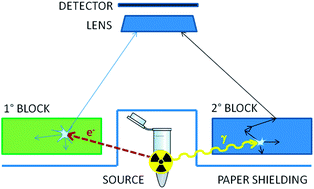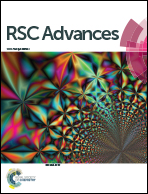Imaging of luminescence induced by beta and gamma emitters in conventional non-scintillating materials
Abstract
Detecting radioluminescence in tissues in the optical and near infrared regions of the electromagnetic spectrum has recently emerged as a new research field for preclinical bioluminescent imaging. Even though Cerenkov light emission of beta particles is the main mechanism of radioisotope luminescence we showed that alpha or gamma emitters are nevertheless capable of generating luminescence, as demonstrated in many recent studies. Here we report a series of experimental observations aiming to distinguish between Cerenkov and non-Cerenkov radioluminescence in organic and inorganic samples like ex vivo chicken tissue, glass and acrylic. These two phenomena have been found to differ significantly in terms of light spectrum, light production yield, and spatial distribution of the luminescent region in the sample when excited by radionuclide decay as a radiation source. More precisely, the Cerenkov radiation spectrum, as expected, does not exhibit great variability with respect to the radiator used. Nevertheless, radioluminescence originating from other phenomena than Cerenkov emission was found to be characterized by material dependent emission spectra. Detailed measurements of the signal due to non-Cerenkov radiation are important in biological applications and optical imaging: they allow engineering a radiator material that enhances light production from escaping radiation and can be subtracted from emission spectra when attempting 3D image reconstruction by multi-spectral Cerenkov luminescence tomography.


 Please wait while we load your content...
Please wait while we load your content...